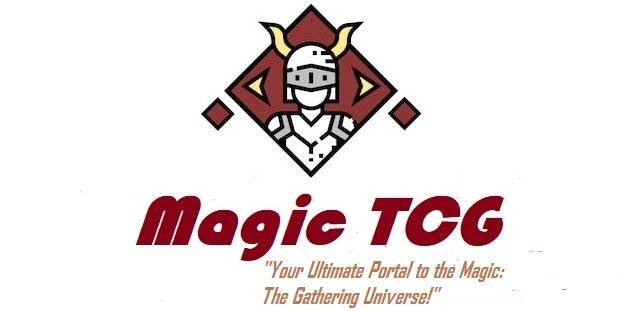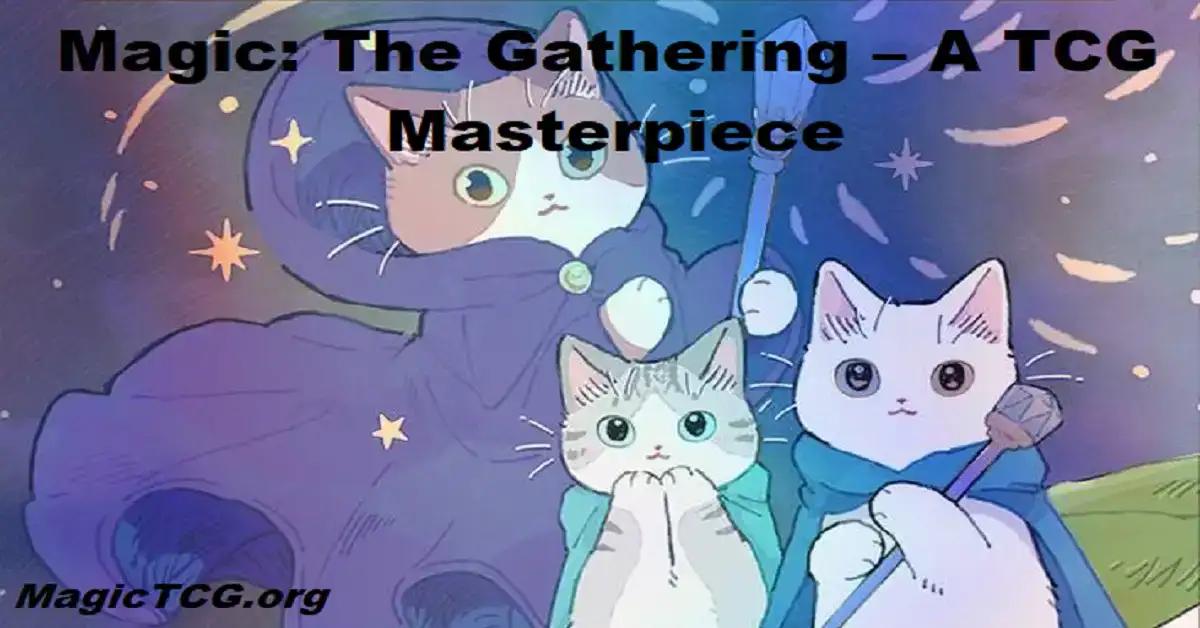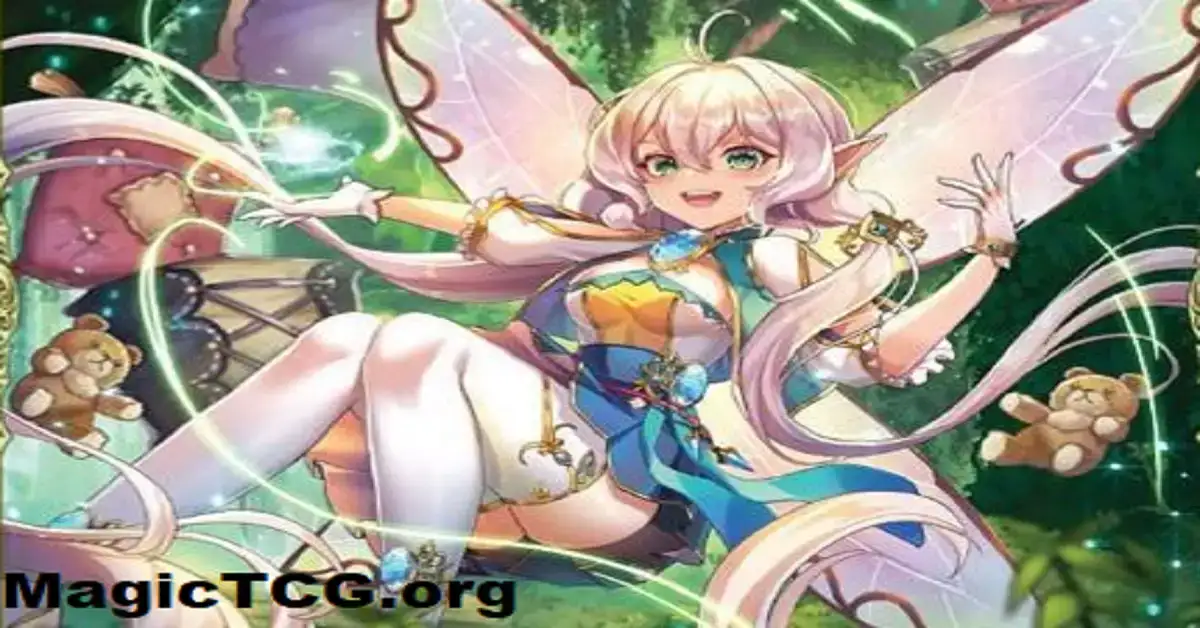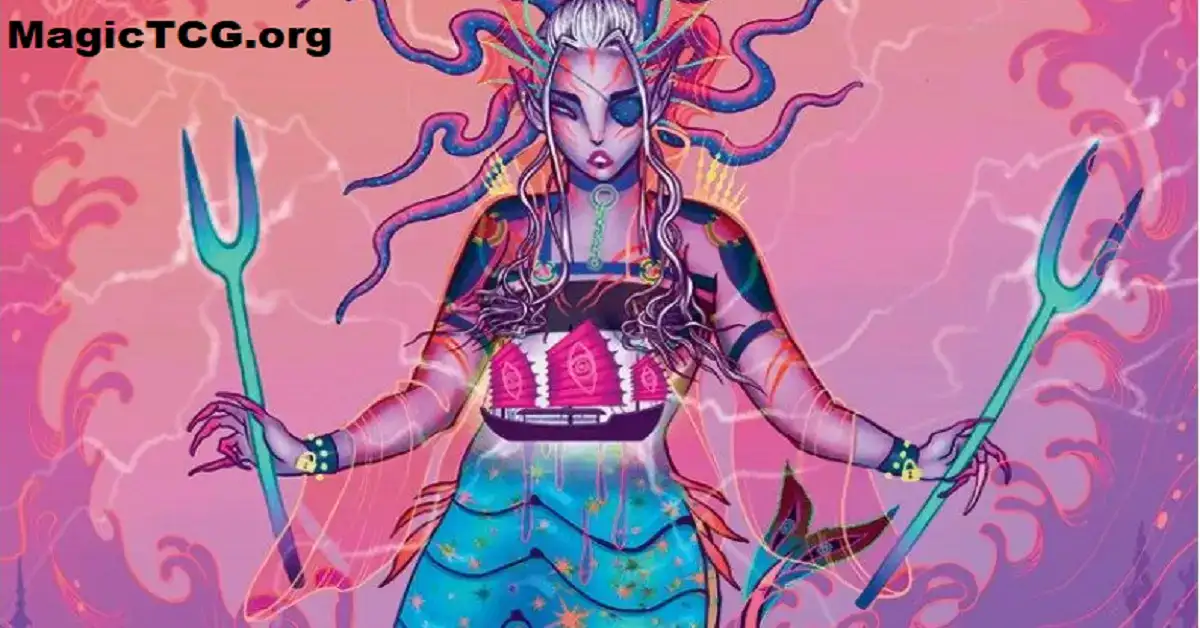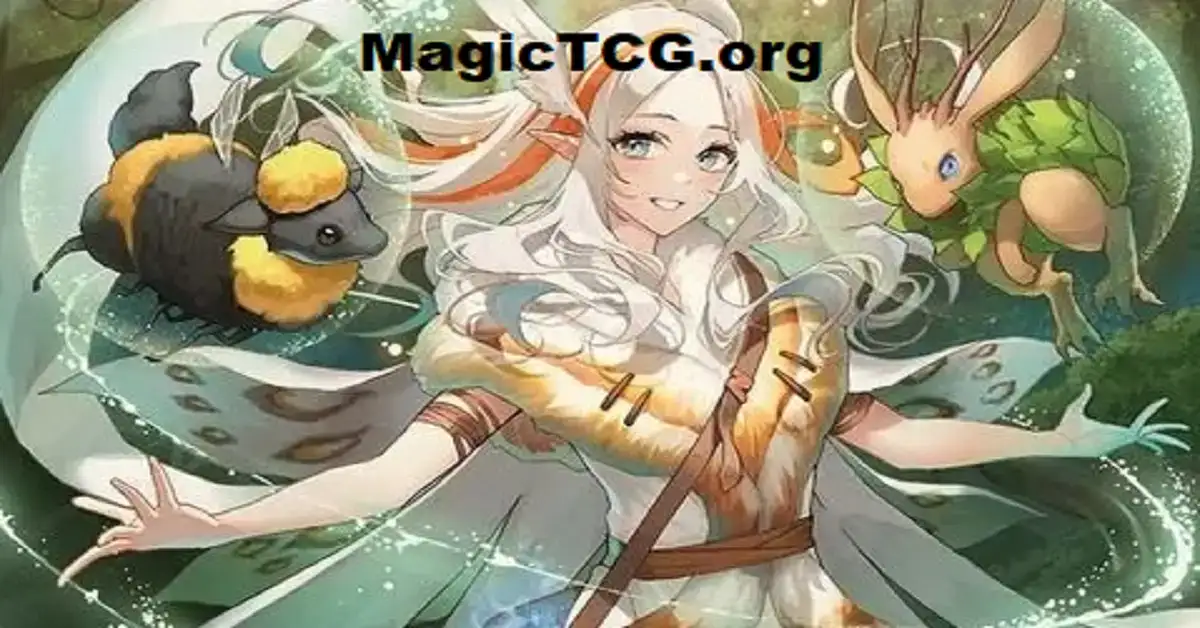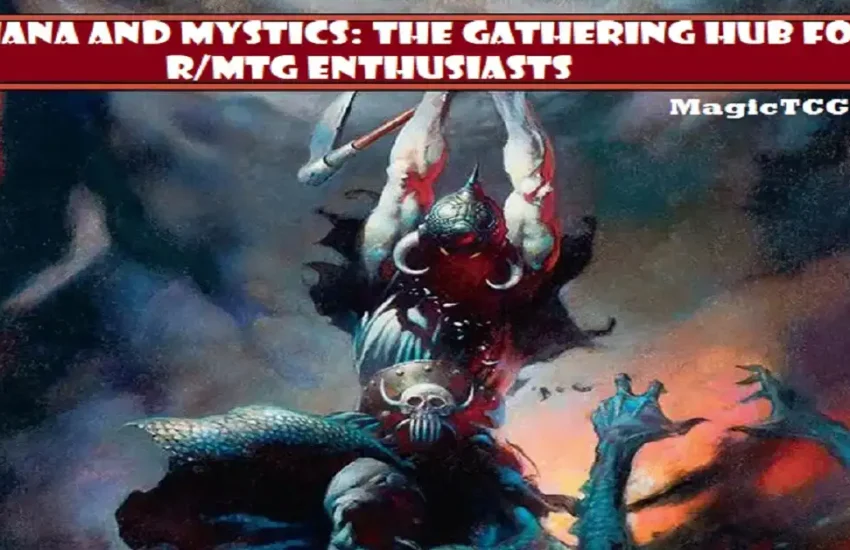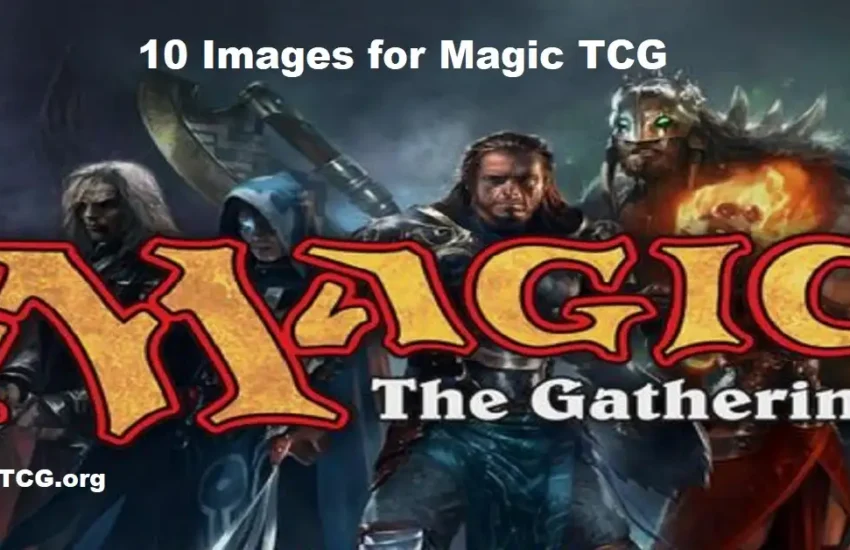Unveiling the Wonders of Magic: The Gathering – A TCG Masterpiece
Introduction
Magic: The Gathering (MTG) is not just a game; it’s a cultural phenomenon that has shaped the trading card game (TCG) industry since its debut in 1993. Created by mathematician Richard Garfield and published by Wizards of the Coast, MTG introduced players to a customizable card game where strategy, creativity, and competition converge. This innovative concept transformed tabletop gaming, captivating millions of players worldwide with its intricate mechanics and stunning artwork.
MTG’s enduring appeal lies in its ability to adapt and grow while retaining its core essence. From its early days as a niche game to becoming a global franchise, it has remained a favorite for casual players, competitive gamers, and collectors alike. This article explores the fascinating world of MTG, from its origins and gameplay mechanics to its vibrant community and digital evolution, shedding light on why it continues to stand as a masterpiece in the TCG universe.
| Aspect | Details |
|---|---|
| Title | Magic: The Gathering: A Comprehensive Exploration |
| Introduction | Overview of MTG as a groundbreaking trading card game blending strategy, art, and community. |
| Origin Year | 1993 |
| Creator | Richard Garfield |
| Publisher | Wizards of the Coast |
| Core Gameplay Concept | Customizable decks, mana-based resource system, and strategic battles between planeswalkers. |
| Global Reach | Millions of players worldwide, spanning casual games to competitive tournaments. |
| Significance | Pioneer of the TCG genre, blending innovation, creativity, and player interaction. |
| Purpose of Article | To explore MTG’s origins, gameplay, community, competitive scene, and its cultural impact. |
This table provides a snapshot introduction to Magic: The Gathering, setting the stage for a detailed exploration of its legacy and impact.
The Origins of Magic: The Gathering
Magic: The Gathering (MTG) was born from a simple yet revolutionary idea: a game that combined the strategic depth of tabletop gaming with the portability and collectibility of cards. In the early 1990s, Richard Garfield, a mathematician and game designer, envisioned a customizable card game that could be played in short bursts. Partnering with Wizards of the Coast, Garfield introduced MTG to the world in 1993.
The first set, known as Alpha, consisted of 295 cards that showcased an intricate blend of strategy, art, and storytelling. Despite initial skepticism, MTG quickly gained a loyal following. Players were captivated by the game’s complexity and the thrill of customizing decks. Early tournaments and local game stores played a pivotal role in building a passionate community around MTG.
The game’s groundbreaking mechanics and constant innovation set it apart from other games. Over the years, MTG has expanded its lore, introduced new mechanics, and maintained its status as a trendsetter in the gaming industry. Its humble beginnings as a niche product have evolved into a global phenomenon, making it a staple in the world of trading card games.
Gameplay Mechanics and Rules
MTG’s gameplay is a carefully crafted symphony of strategy, skill, and adaptability. Players assume the roles of planeswalkers, powerful beings who command magical forces to duel opponents. Each player starts with a custom-built deck of cards and a life total of 20. The goal is simple: reduce your opponent’s life total to zero or achieve victory through alternate win conditions provided by certain cards.
The heart of MTG lies in its mana system, where players use lands to generate mana, the energy required to cast spells and summon creatures. Cards in MTG fall into several categories:
- Lands: The primary resource generators.
- Creatures: Beings that attack opponents or defend against attacks.
- Enchantments and Artifacts: Permanent cards with ongoing effects.
- Instants and Sorceries: Spells that provide one-time effects.
- Planeswalkers: Unique cards representing allies who assist players with powerful abilities.
Gameplay is divided into turns, each comprising phases such as the draw phase, main phases, combat, and end phase. The strategic depth arises from decisions made during these phases—whether to play aggressively, hold back resources, or react to opponents’ moves.
MTG’s rules accommodate countless strategies, encouraging creativity in deck-building and gameplay. The dynamic interaction between cards ensures that no two games are alike, making every match a fresh and exciting challenge.
Card Design and Artwork
One of MTG’s most defining features is its exquisite card design and artwork. Each card is a work of art, meticulously crafted to reflect the game’s fantastical worlds and immersive lore. MTG’s collaboration with renowned artists has resulted in some of the most iconic illustrations in gaming history.
Artists like Rebecca Guay, John Avon, and Terese Nielsen have contributed to the visual richness of MTG. Their creations bring the game’s worlds to life, from the eerie Gothic landscapes of Innistrad to the vibrant cities of Ravnica. The art not only enhances gameplay but also serves as a collectible aspect for enthusiasts.
Card designs also play a crucial role in gameplay. The layout of cards—with distinct areas for mana cost, type, abilities, and power/toughness—ensures clarity during matches. Special card treatments, such as foil cards, alternate art, and borderless designs, further elevate the game’s appeal.
The combination of stunning visuals and functional design makes MTG cards highly sought after by players and collectors alike.
Competitive Scene and Formats
MTG’s competitive scene is a cornerstone of its enduring success. Organized play ranges from casual local events to prestigious global tournaments. This competitive ecosystem thrives on the diversity of formats, which cater to varying playstyles and skill levels:
- Standard: Focuses on the latest card sets, ensuring a constantly evolving metagame.
- Modern: Allows a broader pool of cards while maintaining balance, appealing to seasoned players.
- Commander (EDH): A casual, multiplayer format emphasizing creativity and social interaction.
- Draft and Sealed: Limited formats where players build decks from a limited pool of cards, testing their adaptability and deck-building skills.
High-level events like the Pro Tour and the World Championship showcase the game’s best players, blending strategic mastery with intense competition. Esports initiatives, including the Magic Pro League (MPL), have further cemented MTG’s place in the modern gaming landscape.
Collectibility and Rarity
MTG’s appeal extends beyond gameplay into the realm of collecting. The game’s card rarity system—common, uncommon, rare, and mythic rare—creates excitement for players opening booster packs. Some cards, like the legendary Black Lotus, have achieved iconic status, fetching astronomical prices in secondary markets.
The collectibility of MTG cards is enhanced by special editions, alternate artwork, and unique promotional cards. Limited print runs and exclusive releases, such as Secret Lair drops, keep the collector community engaged. This aspect of MTG has fostered a thriving secondary market, where cards are bought, sold, and traded.
For many, collecting MTG cards is as rewarding as playing the game. The hunt for rare cards, coupled with their investment potential, adds another layer of excitement to the MTG experience.
Digital Evolution: Magic: The Gathering Arena
The introduction of Magic: The Gathering Arena marked a new era for the franchise, making MTG more accessible to players worldwide. MTG Arena faithfully replicates the core mechanics of the physical game while offering a streamlined digital experience.
Features like tutorials, daily rewards, and beginner-friendly decks help new players ease into the game. For veterans, MTG Arena provides fast-paced matches, ranked play, and frequent updates aligned with new expansions. The platform’s ability to host tournaments and connect players globally has elevated MTG’s competitive scene.
MTG Arena has also become a gateway for younger audiences, introducing them to the rich world of Magic. Its digital format complements the physical game, ensuring MTG’s relevance in an increasingly digital gaming industry.
Community and Cultural Impact
The MTG community is a vibrant and integral part of the game’s legacy. Local game stores serve as hubs for players to meet, trade, and compete. Events like Friday Night Magic foster camaraderie and create lifelong friendships.
Beyond gameplay, MTG has influenced pop culture through novels, comics, and collaborations with other franchises. Its lore has inspired creative works, from fan art to custom card designs. Platforms like YouTube and Twitch amplify this culture, with content creators sharing deck-building tips, match highlights, and lore deep dives.
The passion of the MTG community ensures that the game remains more than just a pastime—it’s a shared experience that unites players across the globe.
The Evolution of MTG Over the Years
MTG has continually reinvented itself to stay relevant. Expansion sets introduce new mechanics and themes, keeping the game fresh and exciting. Sets like Theros, inspired by Greek mythology, and Kamigawa: Neon Dynasty, blending tradition and futurism, showcase MTG’s creative versatility.
Innovations like double-faced cards, modal double-faced cards, and collaborations with franchises like Warhammer 40K and The Lord of the Rings highlight the game’s adaptability. These changes ensure that MTG remains appealing to both longtime fans and new players.
Why Magic: The Gathering Endures
MTG endures because it offers something for everyone: strategic gameplay for the tactician, collectible treasures for the enthusiast, and a welcoming community for the social gamer. Its ability to evolve while preserving its core appeal has kept it at the forefront of TCGs for over three decades.
As MTG continues to innovate, it promises to inspire and engage players for generations to come. In a world of fleeting trends, Magic: The Gathering stands as a timeless masterpiece.
Conclusion
Magic: The Gathering is a testament to the enduring power of innovation, creativity, and community in gaming. Its unique blend of strategic depth, stunning design, and cultural impact has solidified its status as a timeless masterpiece. As MTG evolves through new expansions, formats, and digital platforms, it continues to inspire and engage players across generations.
Whether you’re drawn to its captivating gameplay, its collectible treasures, or the bonds it fosters within its community, MTG offers something for everyone. Its legacy as a pioneer in the TCG world remains unshaken, promising an exciting future for both longtime fans and newcomers. In Magic: The Gathering, there’s always a new adventure waiting to unfold.
FAQs
Q: What is Magic: The Gathering?
A: Magic: The Gathering (MTG) is a collectible trading card game where players build decks and battle using strategy and creativity.
Q: Who created Magic: The Gathering?
A: MTG was created by Richard Garfield and first published by Wizards of the Coast in 1993.
Q: What are the main gameplay mechanics?
A: Players use cards like lands, creatures, and spells to reduce their opponent’s life total or achieve alternate win conditions.
Q: What are the MTG card rarities?
A: Cards are categorized as common, uncommon, rare, and mythic rare, with some being highly collectible.
Q: Is there a digital version of MTG?
A: Yes, Magic: The Gathering Arena offers a digital platform to play MTG online with updated mechanics and expansions.
Q: Why is MTG so popular?
A: Its blend of strategy, lore, stunning artwork, and a welcoming community makes MTG a timeless favorite among gamers.
